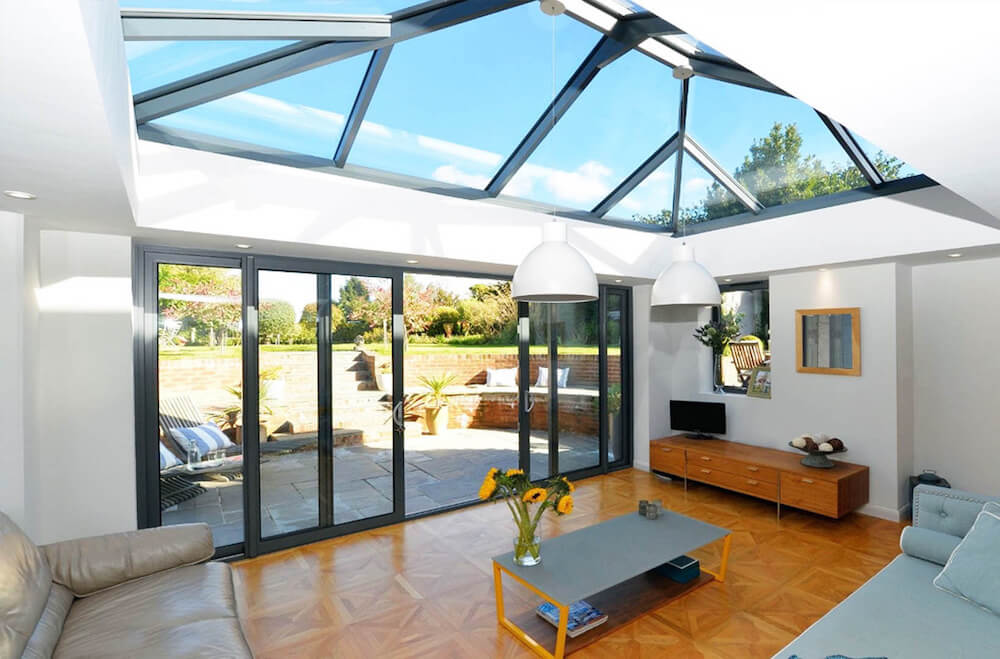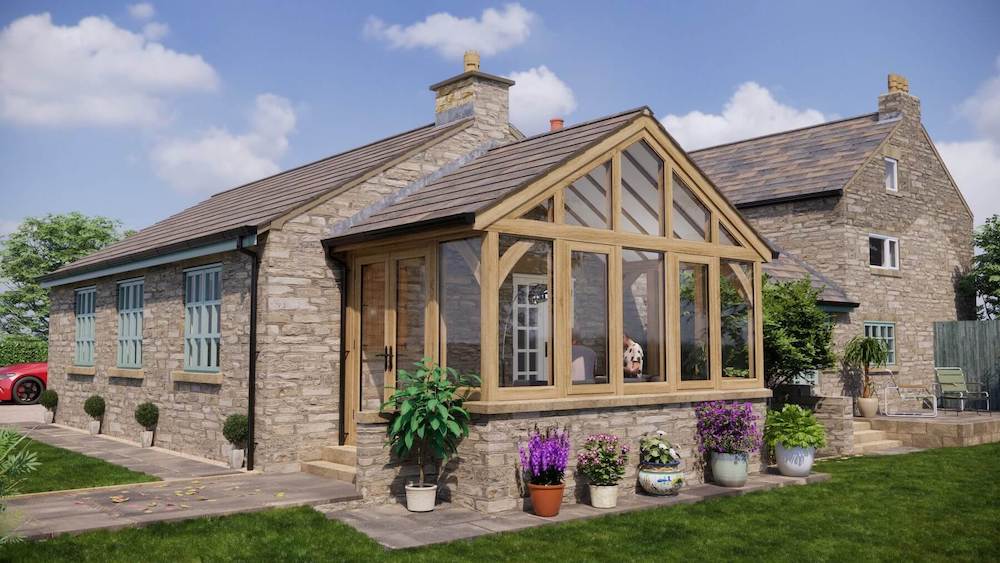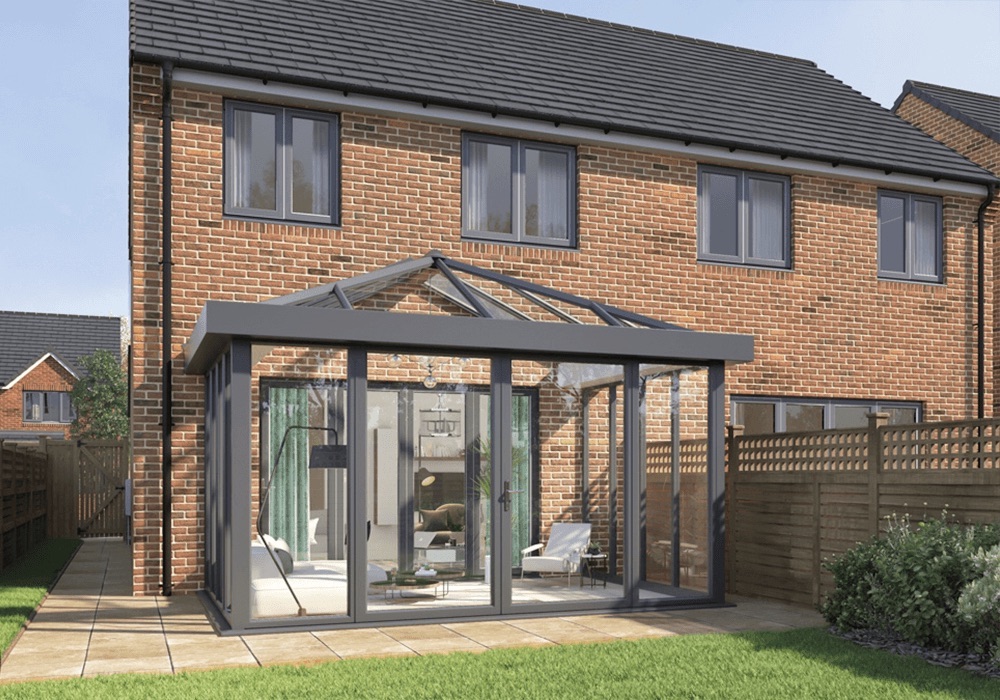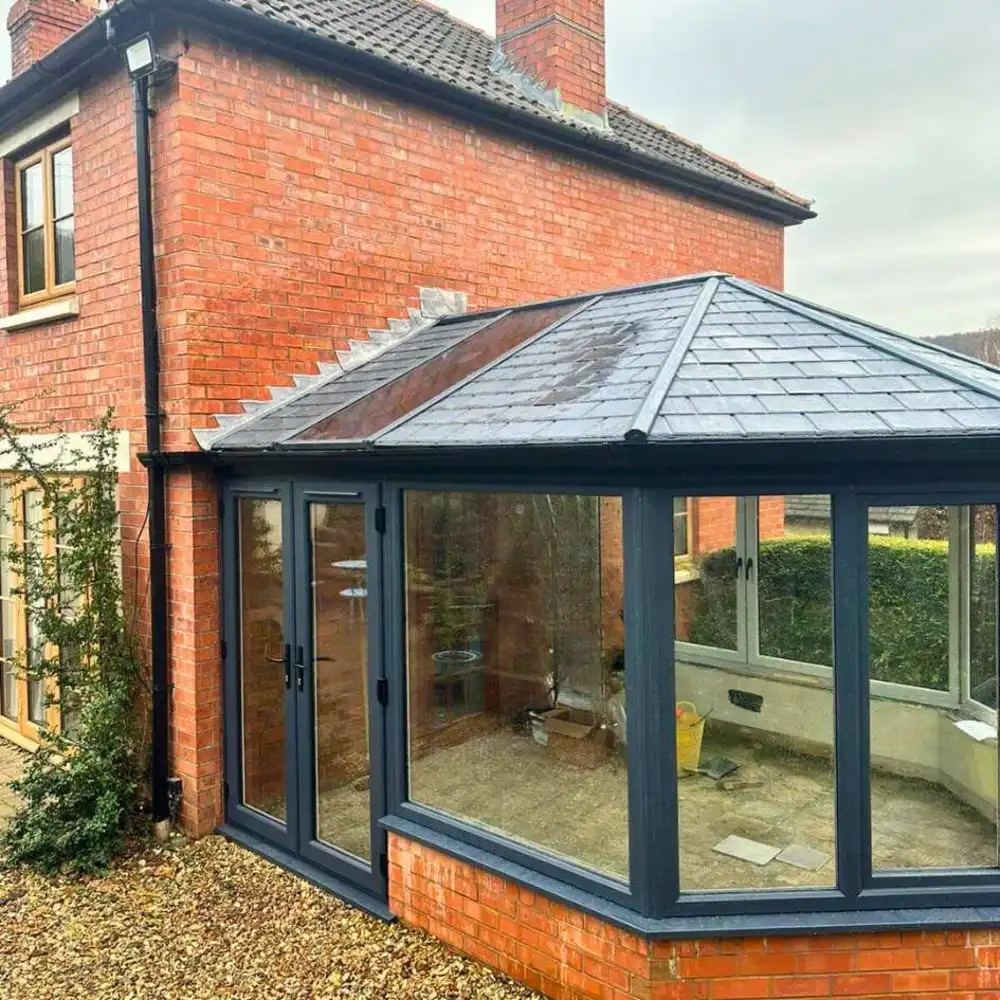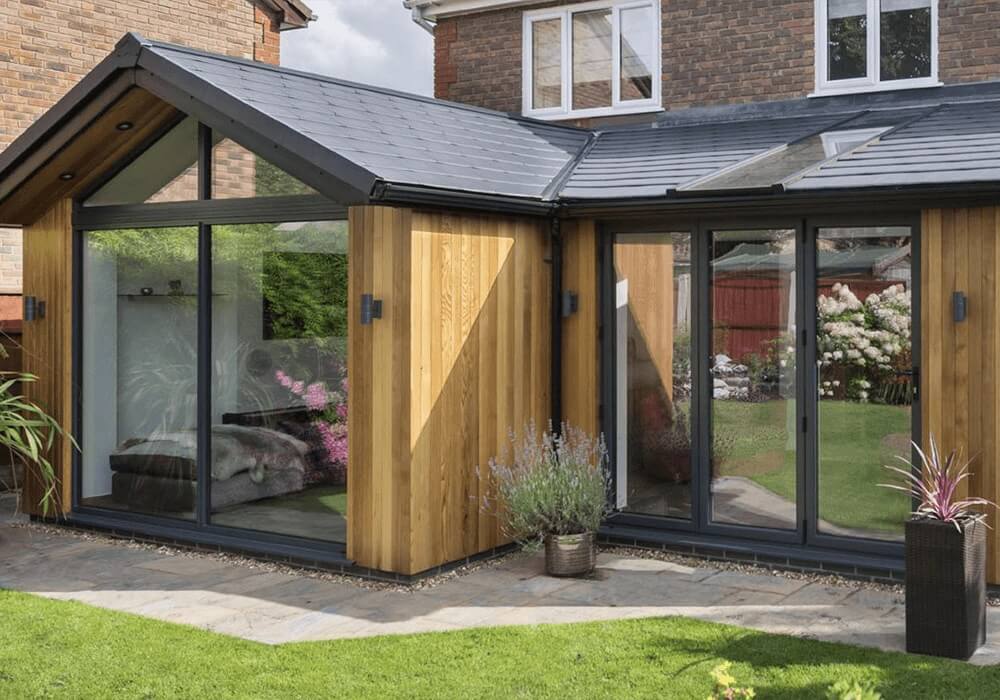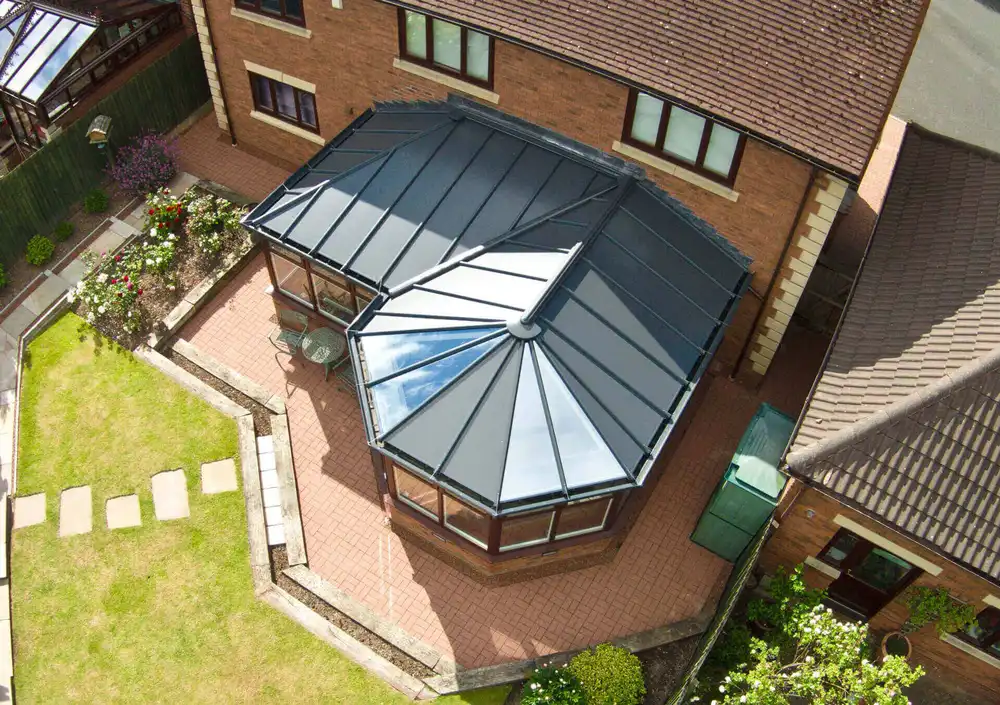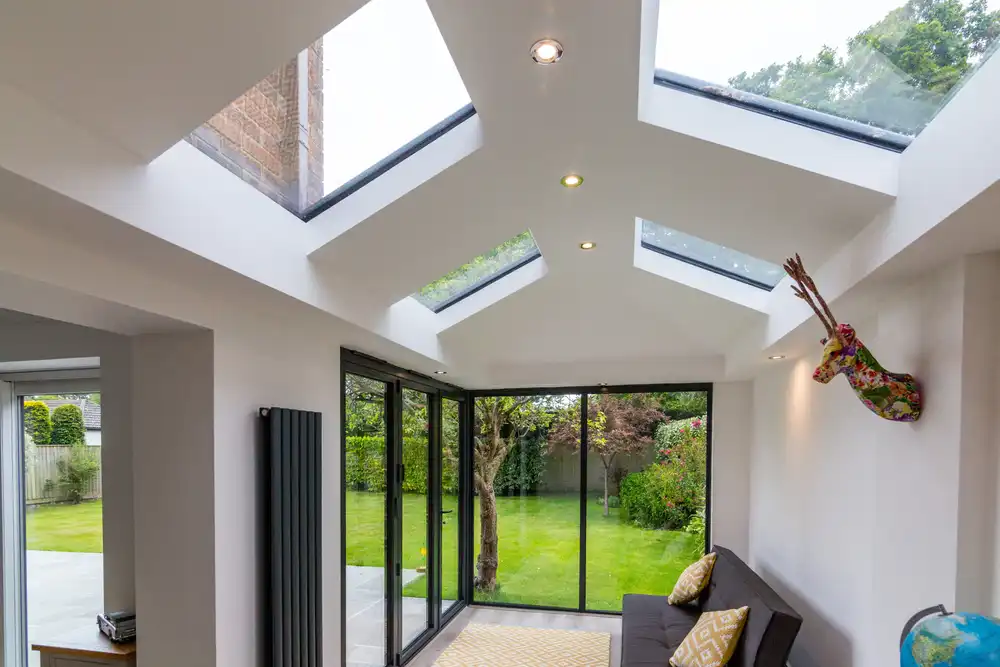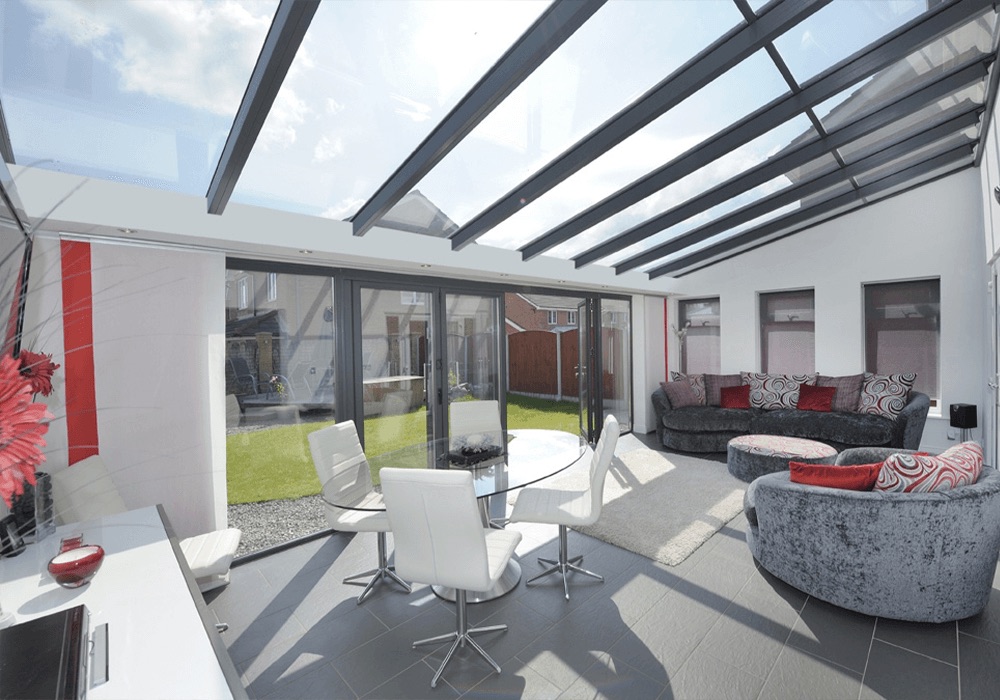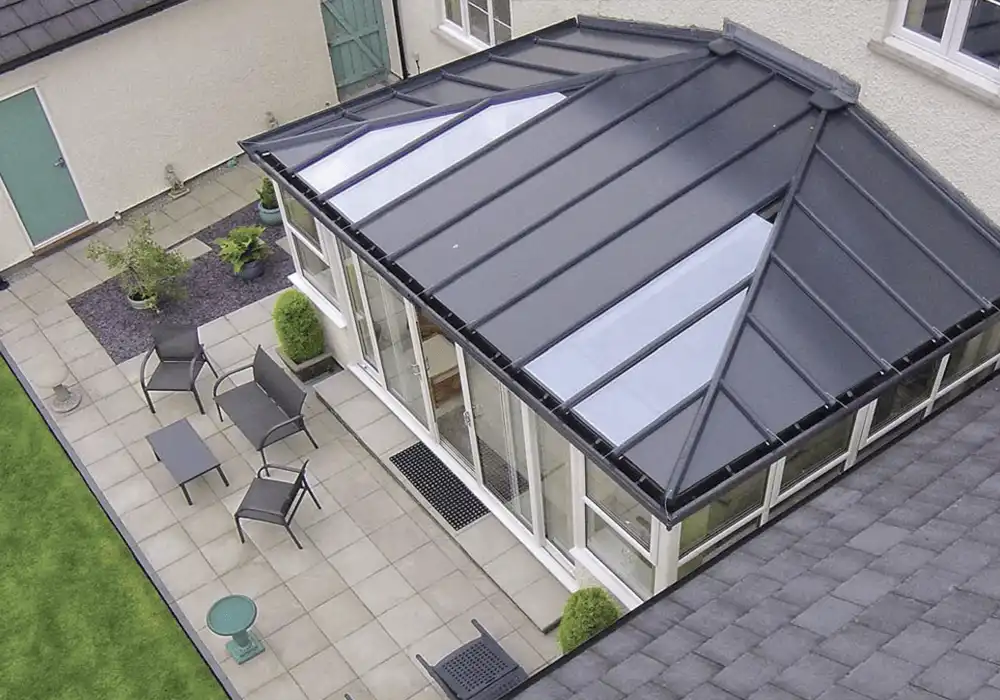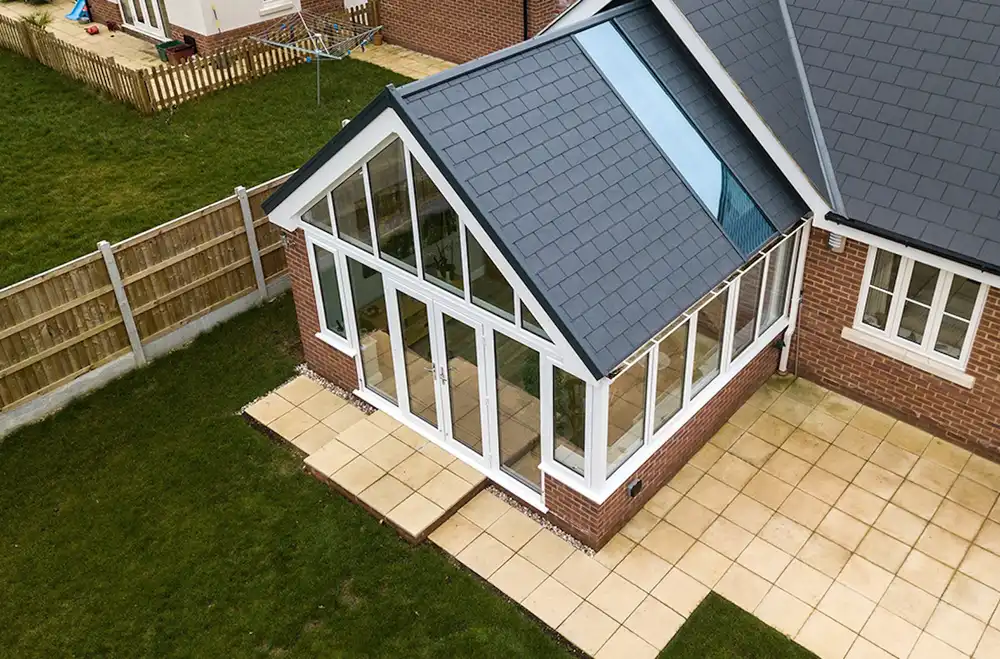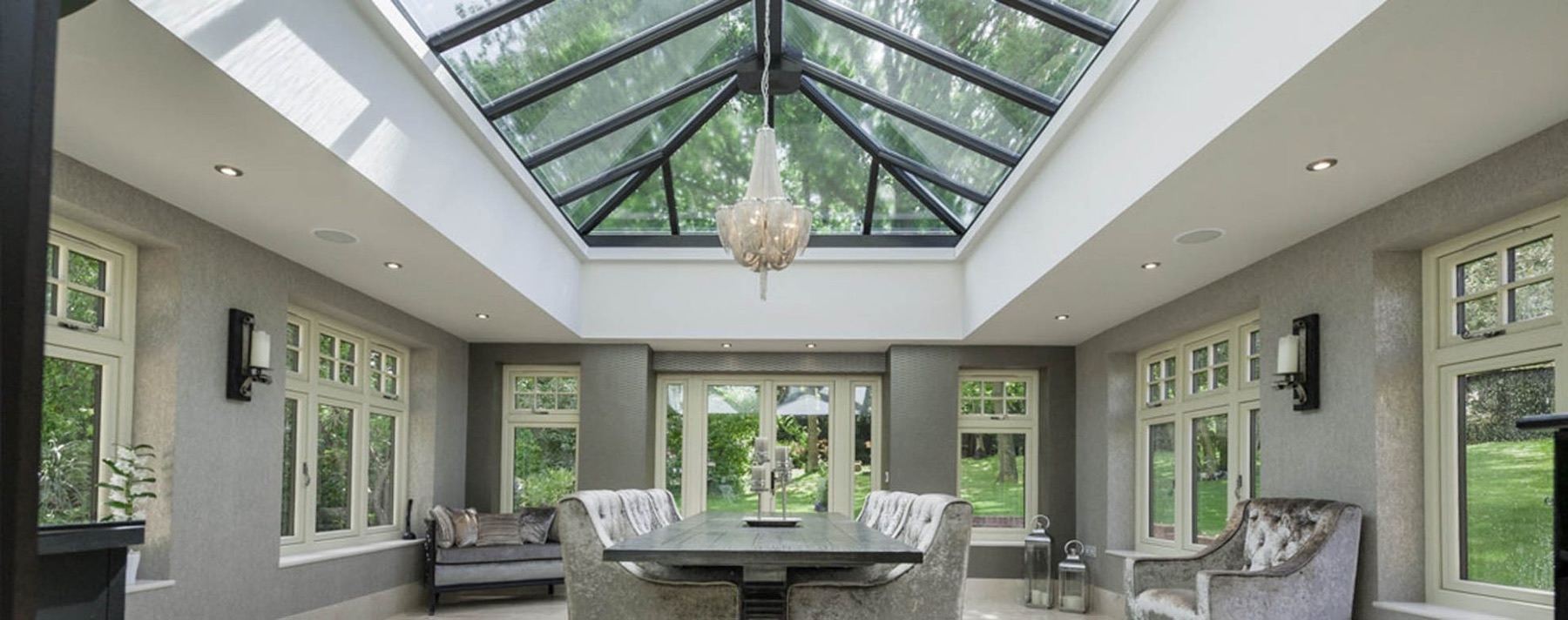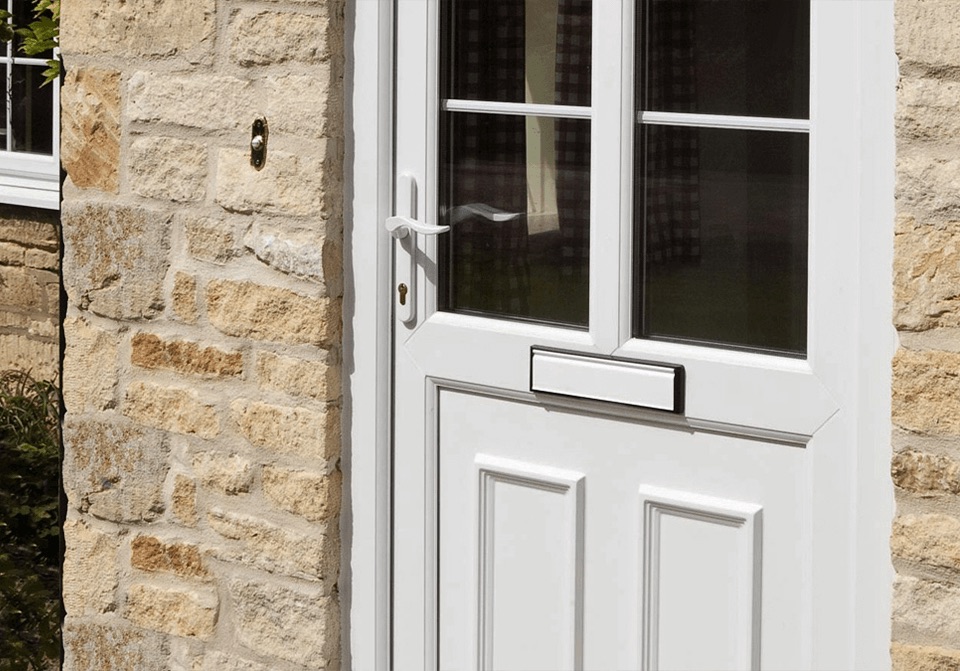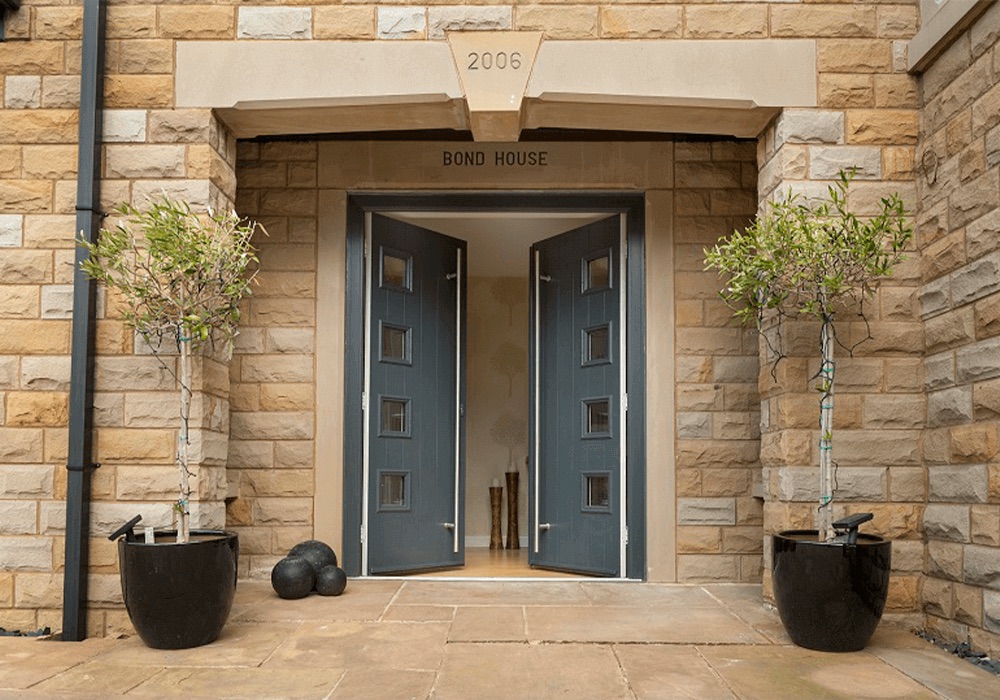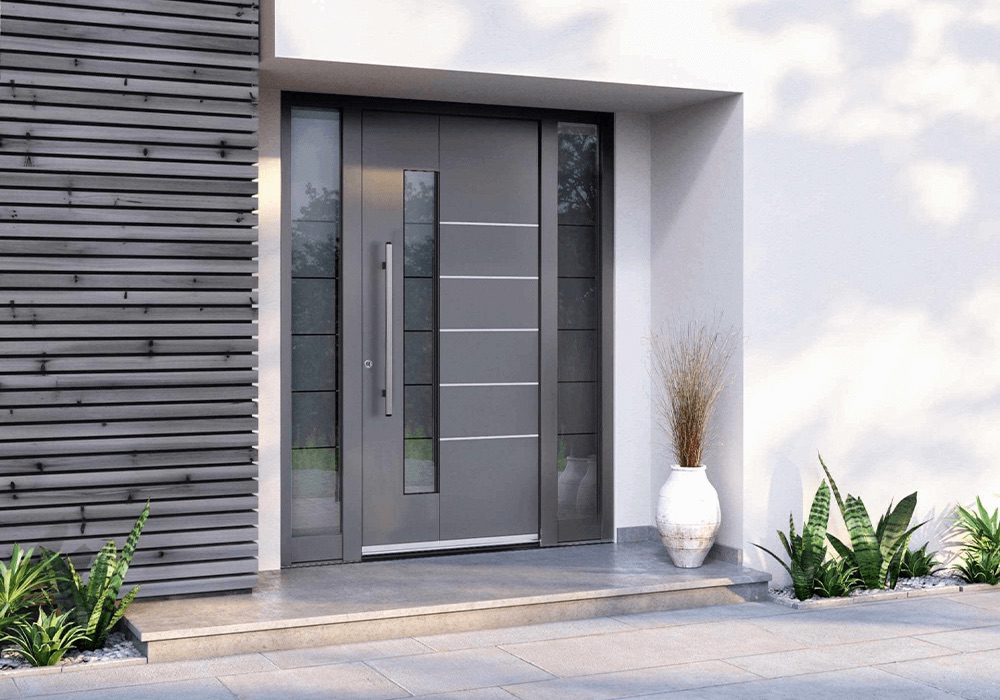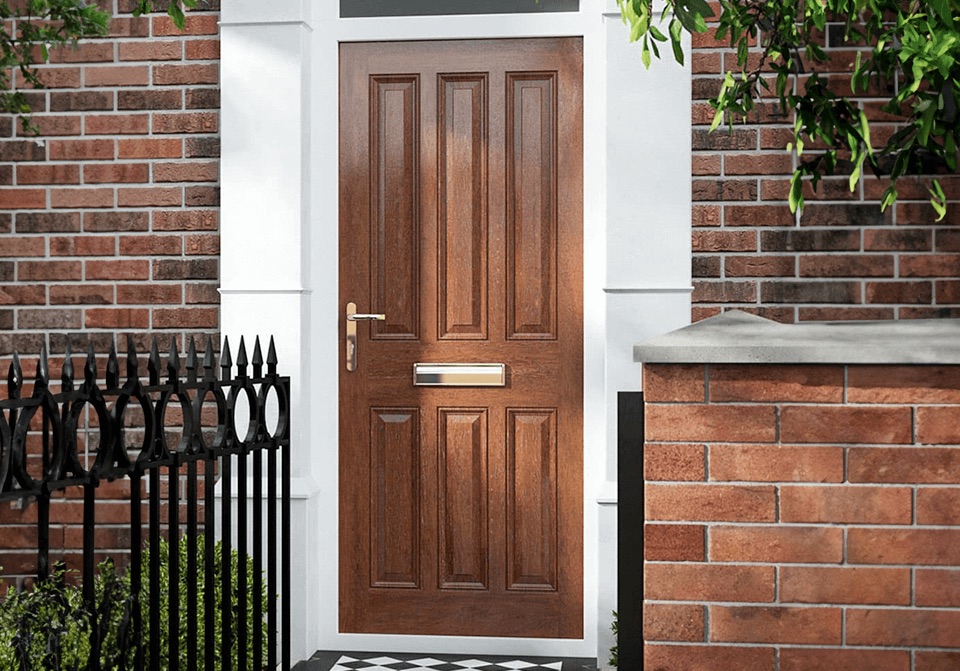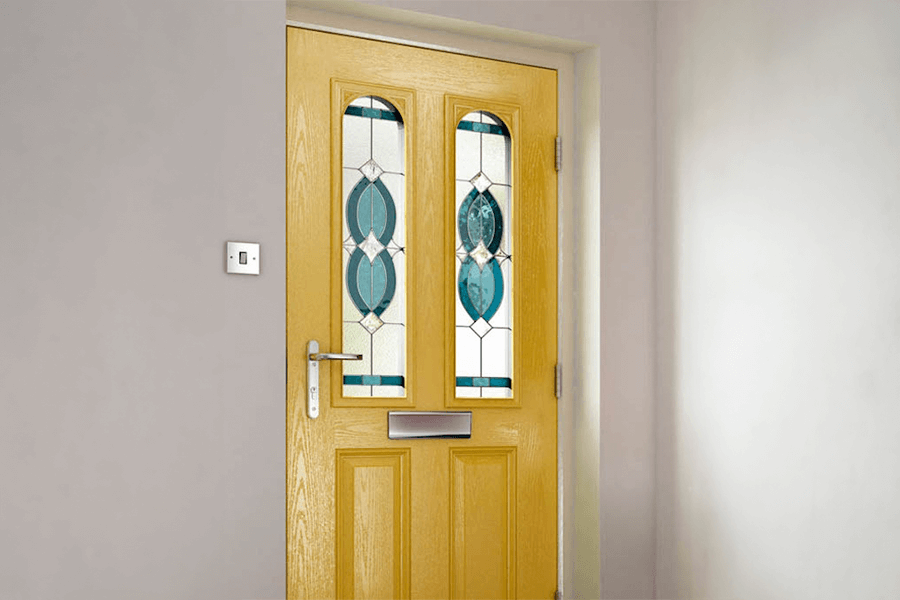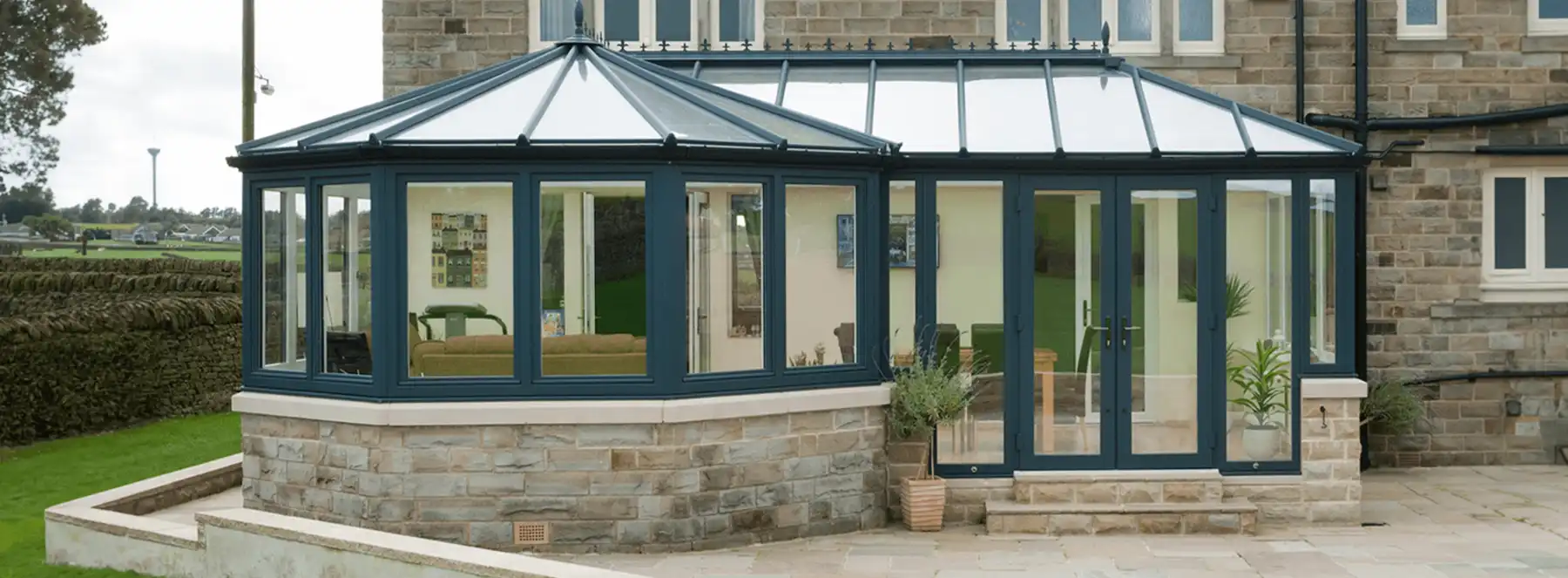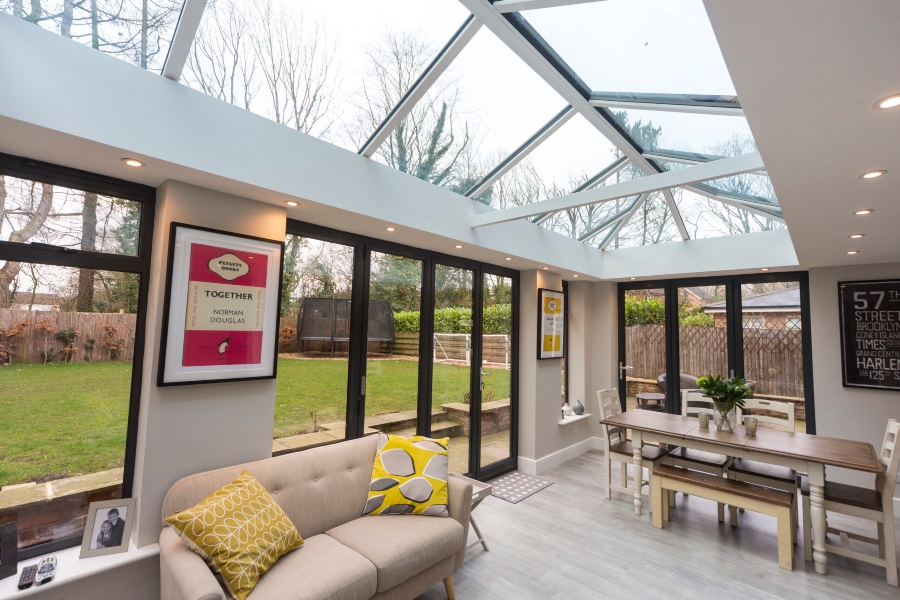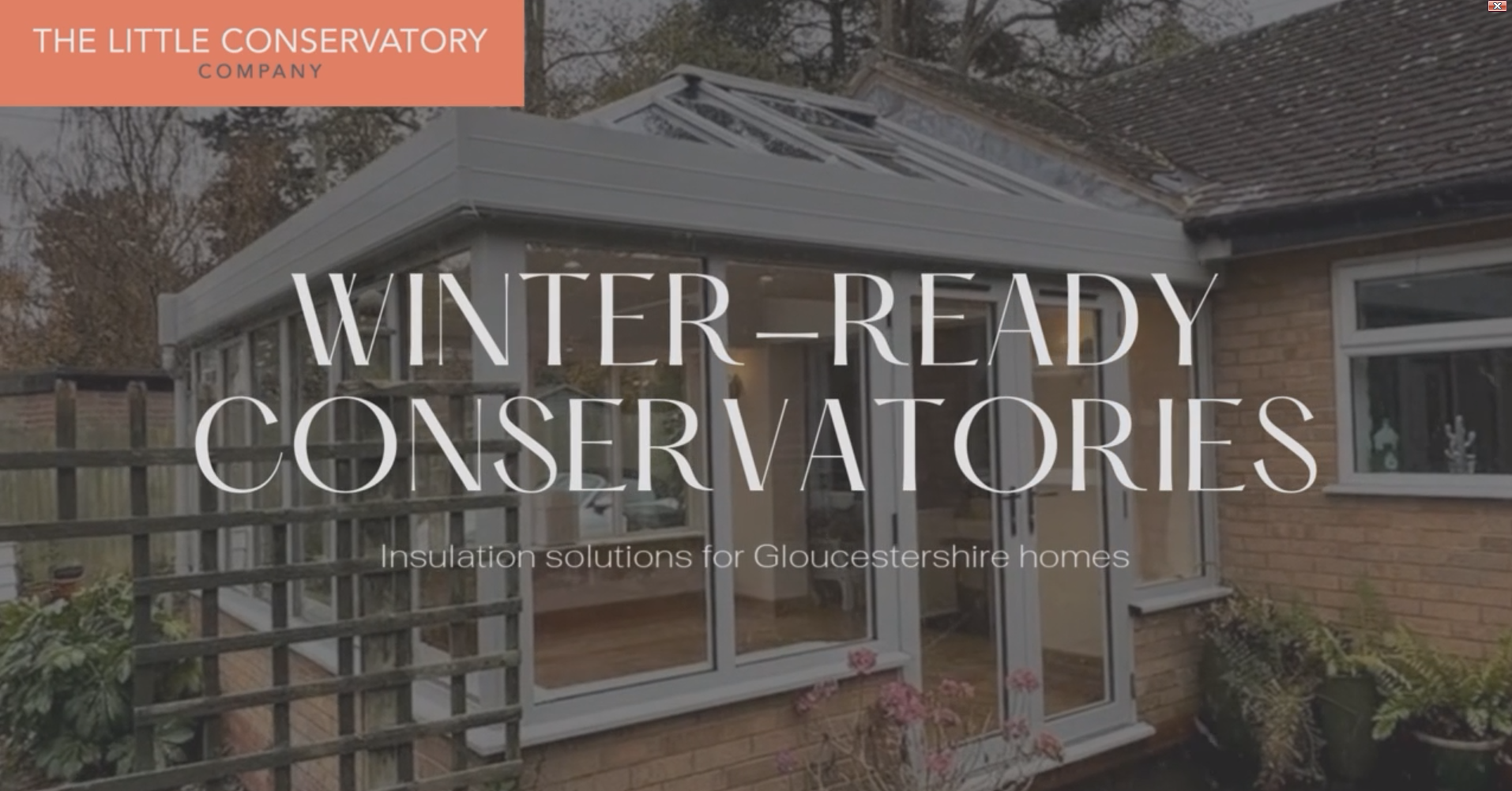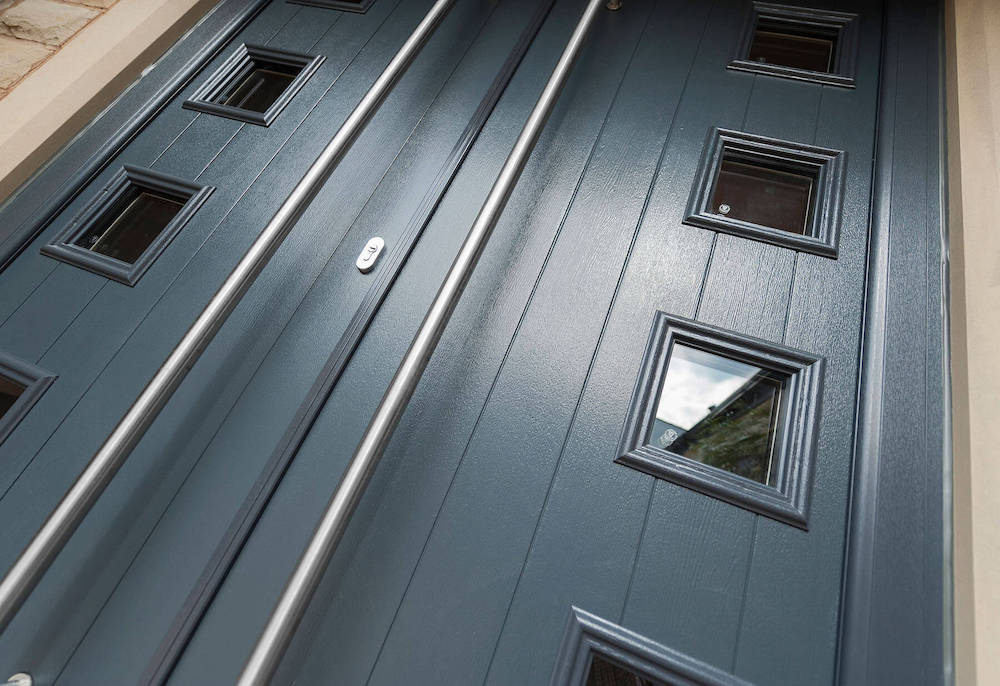Do You Need Planning Permission For a Conservatory?
- 28 May 2025|
- Conservatories|
- Posted by Paul Davies
Are you dreaming of adding a beautiful new conservatory to your home?
A conservatory can transform your property, creating an additional living space that connects your home with your garden. However, before you start planning your new conservatory installation, it’s important to understand whether you’ll need planning permission.
At The Little Conservatory Company, we regularly speak with homeowners throughout Gloucestershire who are uncertain about planning requirements. This guide will help you understand when you do – and don’t – need planning permission for your conservatory.
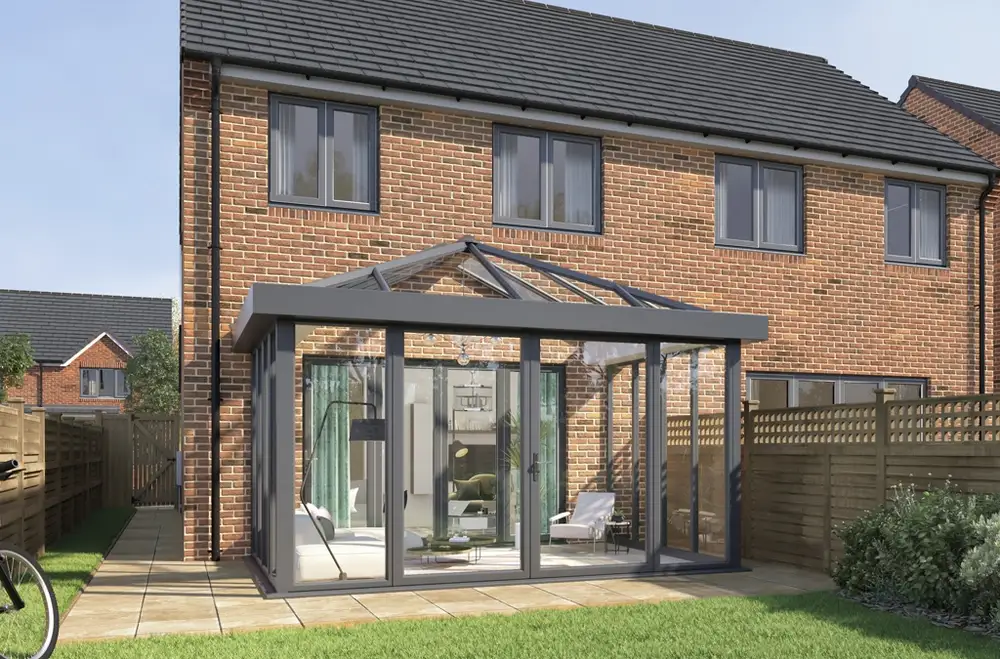
Do you need planning permission for a conservatory?
The short answer is that it depends! Most conservatories don’t need planning permission if they meet permitted development criteria. However, permission is required for listed buildings, conservation areas, or if your project exceeds size limits. We’ll discuss the reasons you may or may not need planning permission below.
When conservatories DON’T need planning permission
Many conservatories can be built under what’s known as “permitted development rights”. This means you can proceed without submitting a planning application, provided your project meets certain criteria, as explained below:
Size restrictions
Your conservatory must not cover more than 50% of the area of land around the original house. For detached houses, the conservatory can extend no more than 4 metres beyond the rear wall of the original house. If you have a semi-detached or terraced house, extensions are limited to 3 metres from the rear wall.
Height restrictions
Any single-storey extension, including a conservatory, must not exceed 4 metres in height. The maximum eaves height should be no more than 3 metres if the structure is within 2 metres of a boundary.
If your planned conservatory meets all these permitted development rules, you likely won’t need to apply for planning permission. However, it’s always wise to check with your local planning authority before beginning construction.
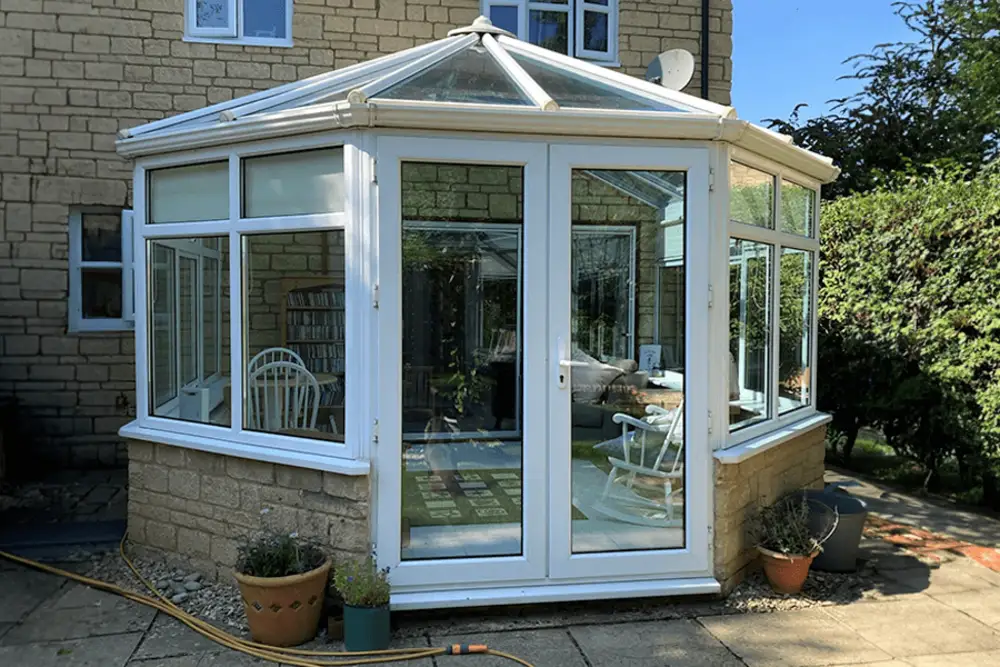
When conservatories DO need planning permission
There are several scenarios where planning permission becomes necessary.
- If your property has limited or no permitted development rights, perhaps because you live in certain areas (which we’ll explore) or your development rights have been removed by what’s called an “Article 4 Direction“, you’ll need to apply for planning permission.
- If previous owners have already built extensions, you may require permission for any further additions.
- Any conservatory that exceeds the dimensions outlined above will require planning permission from your local authority.
- Flats and maisonettes do not have permitted development rights for extensions, so planning permission is always required in these cases.
- Conservatories built at the side of your home typically require planning permission, as permitted development usually only applies to rear extensions.
If you’re unsure whether your project falls under permitted development, you can apply for a Lawful Development Certificate from your local planning authority. This provides formal confirmation that your project doesn’t require planning permission.
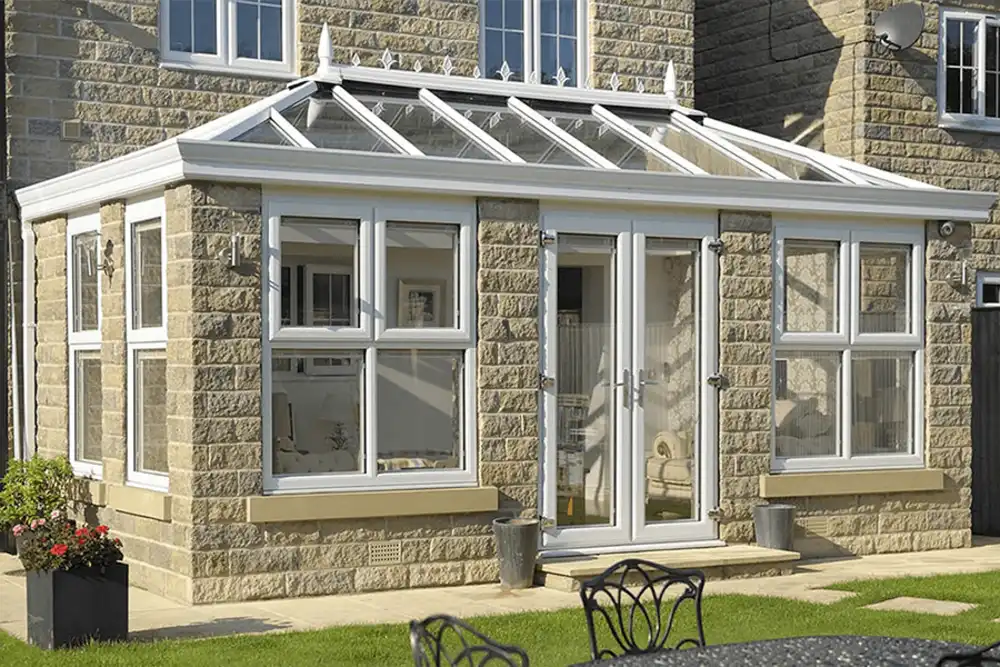
Conservation areas and listed buildings: special considerations
If your property is in a conservation area, Area of Outstanding Natural Beauty or is a listed property, different rules apply. In these areas, permitted development rights are more restricted.
For listed buildings, planning permission is almost always required, along with Listed Building Consent. This ensures that any additions are sympathetic to the character and historical significance of the property.
It’s worth noting that if your conservatory is within 2 metres of a boundary and exceeds 3 metres in height, you may need to follow the Neighbour Consultation Scheme, even if the project falls under permitted development.
Building regulations for conservatories
Even if planning permission isn’t required, you’ll likely need to comply with building regulations.
However, conservatories are exempt from building regulations approval if they meet certain conditions:
- They must be built at ground level and have a floor area less than 30 square metres.
- They should have an independent heating system from the main house and be separated from the house by external walls, doors, or windows.
- Generally, at least 75% of the roof and 50% of the external walls must be made of translucent material (glass or polycarbonate). If you opt for a solid or tiled roof, it’s highly likely to require Building Regulations approval.
As with planning permission, it’s always best to check whether your new conservatory will be required to comply with building regulations.
Do you need planning permission for a conservatory roof replacement?
Replacing a conservatory roof is an excellent solution to transform an existing conservatory into a thermally-efficient space. In most cases, you do not need planning permission to replace a conservatory roof, as this typically falls under permitted development rights.
However, there are exceptions, particularly if your property is a listed building, in a conservation area, or if the new roof significantly alters the conservatory’s height or overall appearance.
Even if planning permission isn’t required, it is crucial that the new roof complies with Building Regulations, which cover structural integrity, energy efficiency, and safety standards, especially if you are changing from a translucent (glass or polycarbonate) roof to a solid or tiled roof. It’s always advisable to check with your local planning authority to confirm specific requirements for your situation.
The types of conservatories offered by The Little Conservatory Company
At The Little Conservatory Company, we specialise in creating bespoke conservatories and creative living spaces for homes throughout Gloucestershire, Cheltenham and the Cotswolds. Our range includes several options to suit different preferences and property styles.
We craft elegantly designed bespoke timber conservatories using premium hardwoods, perfect for traditional homes seeking authentic character.
For those preferring contemporary aesthetics, our modern aluminium conservatories offer sleek designs with excellent thermal efficiency and minimal maintenance requirements.
We also provide versatile and low-maintenance uPVC conservatories to suit various budgets without compromising on quality or appearance.
Homeowners looking for something more substantial might prefer our orangeries, which feature a solid roof and large windows for a light-filled space with greater thermal efficiency.
All our designs are created with your specific needs in mind, ensuring they complement your property perfectly while providing practical additional living space.
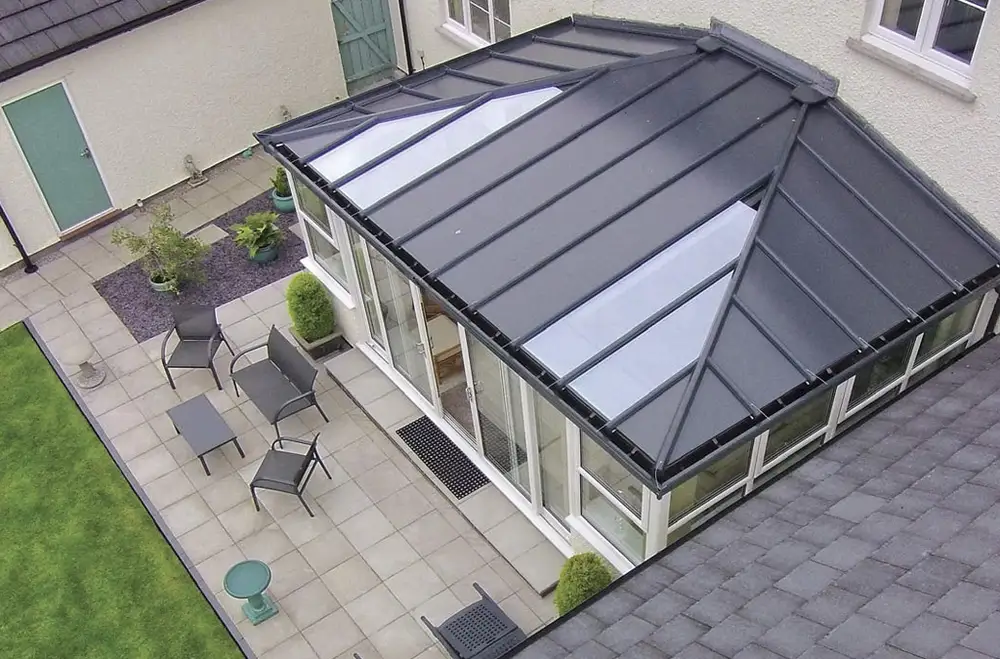
Start planning your dream conservatory: contact us today
If you’re considering adding a conservatory to your property, The Little Conservatory Company is here to help. Our friendly team of experts can provide guidance on planning permission requirements specific to your property and help you design a beautiful, functional space that transforms your home.
For a no-obligation quote or to discuss your ideas, simply complete our online contact form, call us on 01242 681207, or email info@littlecc.com.


